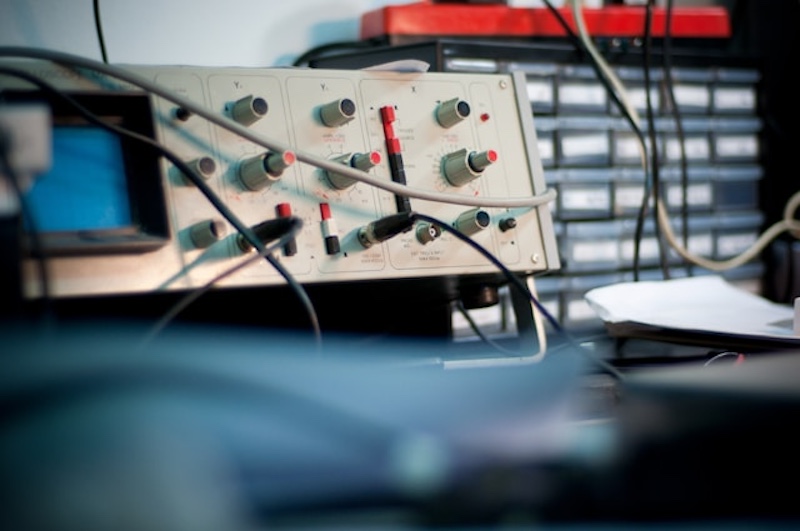
What Every Electronics Engineer Needs to Know About Oscilloscopes: A Comprehensive Guide
Oscilloscopes are indispensable tools for electronics engineers, serving as the eyes of electronic systems. These complex yet fascinating instruments are critical for visualizing and investigating the behavior of electronic signals.
In this comprehensive guide, we’ll delve into the essential knowledge every electronics engineer should possess about oscilloscopes, detailing everything from their function and types to their crucial features and applications.
Understanding Oscilloscopes: A Closer Look
Oscilloscopes, often simply referred to as scopes, are electronic devices used to visualize and analyze the waveform of electrical signals.
These devices play a pivotal role in electronic design, testing, and troubleshooting, providing critical insights into signal behavior, and making them indispensable in the field of electronics engineering.
Exploring the Different Types of Oscilloscopes
There are various types of oscilloscopes available, each with its unique strengths. Analog oscilloscopes, although less common in contemporary settings, offer simplicity and real-time visualization, making them ideal for certain applications.
On the other hand, digital oscilloscopes have become the standard in many industries due to their versatility, accuracy, and advanced features, which make them highly suited for a wider range of applications.
Key Features of Oscilloscopes: What Makes Them Tick?
There are several key features to consider when dealing with oscilloscopes. Bandwidth, which is the range of frequencies an oscilloscope can accurately measure, is a crucial specification to consider.
A higher bandwidth allows for the analysis of faster signals, making it a critical feature for high-frequency applications. The sampling rate, which determines the number of samples captured per second, is essential for accurately reconstructing waveforms.
Channels indicate the number of input channels available, with multi-channel oscilloscopes offering greater flexibility. Triggering capabilities, which enable the oscilloscope to capture specific signal events reliably, are another important aspect to consider.
Digital Oscilloscopes: An In-depth Look
The digital oscilloscope, which processes incoming signals through digitization, often outperforms its analog equivalents by offering enhanced precision, flexibility, and advanced functionalities.
These include the ability to analyze waveforms in-depth, perform accurate measurements, and store data for future reference or analysis.
The Wide Range of Applications of Oscilloscopes
Oscilloscopes find applications across various domains, including electronics testing and debugging, signal analysis, and research and development.
They are invaluable tools for diagnosing circuit issues, characterizing signals, and verifying design specifications, contributing significantly to the success of projects in these domains.
Tips for Choosing and Using Oscilloscopes
When selecting an oscilloscope, several factors such as bandwidth, sampling rate, and budget should be taken into account to ensure it meets your specific requirements.
Proper setup and calibration are crucial for accurate measurements while interpreting waveforms requires a solid understanding of signal behavior and oscilloscope settings.
In conclusion, oscilloscopes are indispensable tools for electronics engineers, offering critical insights into signal behavior and enabling precise measurements and analysis.
By understanding the key features, applications, and usage tips of oscilloscopes, engineers can effectively leverage these powerful instruments to streamline their workflow, enhance their problem-solving capabilities, and ensure the success of their projects.

